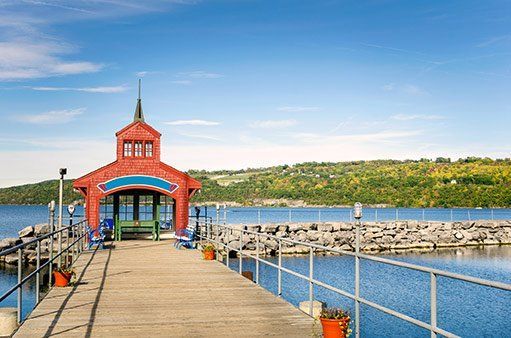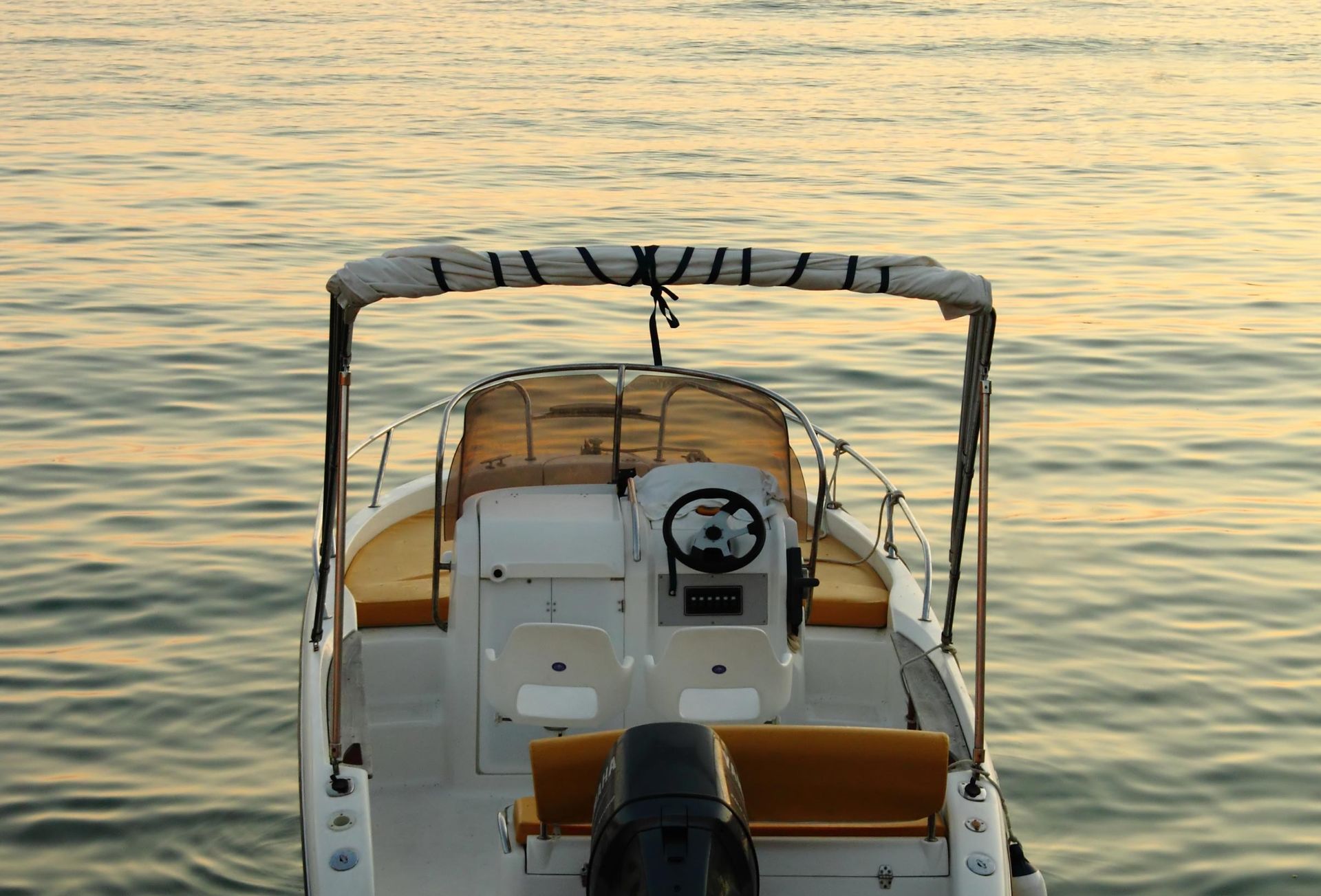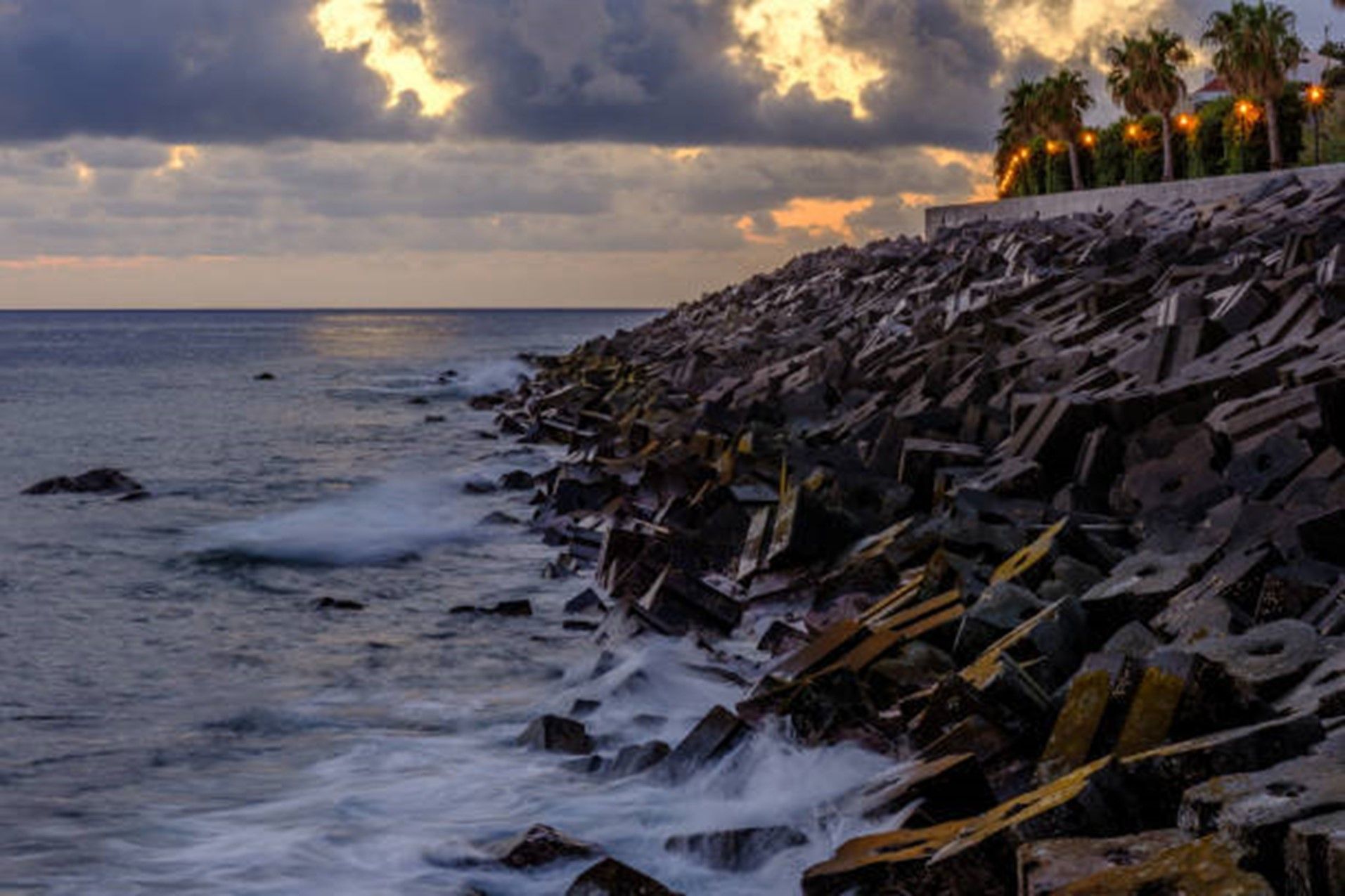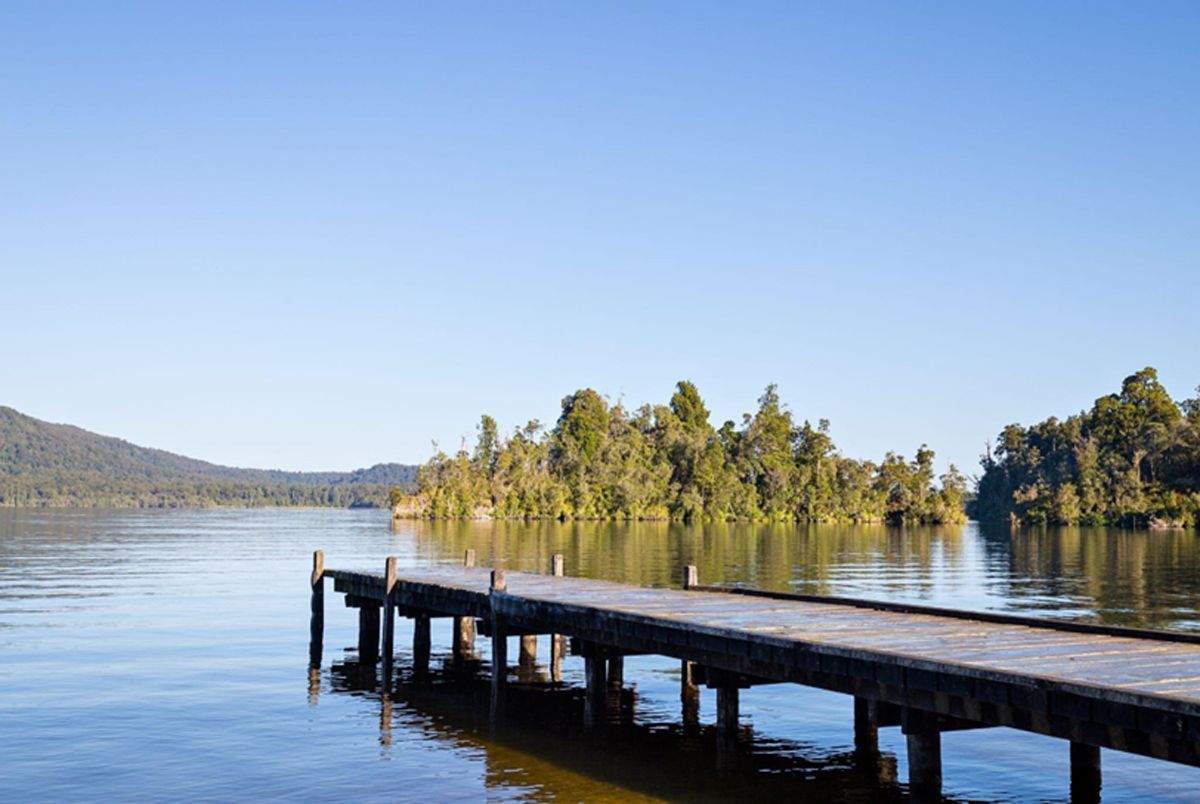Seawall Damage Signs

If you want to prevent erosion caused by wave action from plaguing your waterfront property, you need to know how to spot potential problems that could compromise the performance of your seawall in the future. Here are four of the most common seawall problems:
1. Joint Separation
2. Cap Failure
3. Rod Corrosion
4. Anchor Rod Deterioration
Your seawall is further reinforced by steel anchor rods that help support the wall against the pressures associated with holding back water. These anchor rods are attached at an angle to the rear of the seawall and then buried underneath the ground for added stability.
Moisture in the soil could cause anchor rods to deteriorate over time, leaving your seawall susceptible to serious damage. If you see any signs of horizontal cracking or buckling, these are indications that your anchor rods are failing. Immediate replacement of the anchor rods is the only way to protect your seawall against further structural damage.
Installing and maintaining a seawall is critical when it comes to protecting your waterfront property. Let the professionals at Edgewater Marine Construction, Inc. help you ensure your seawall remains structurally sound well into the future.





